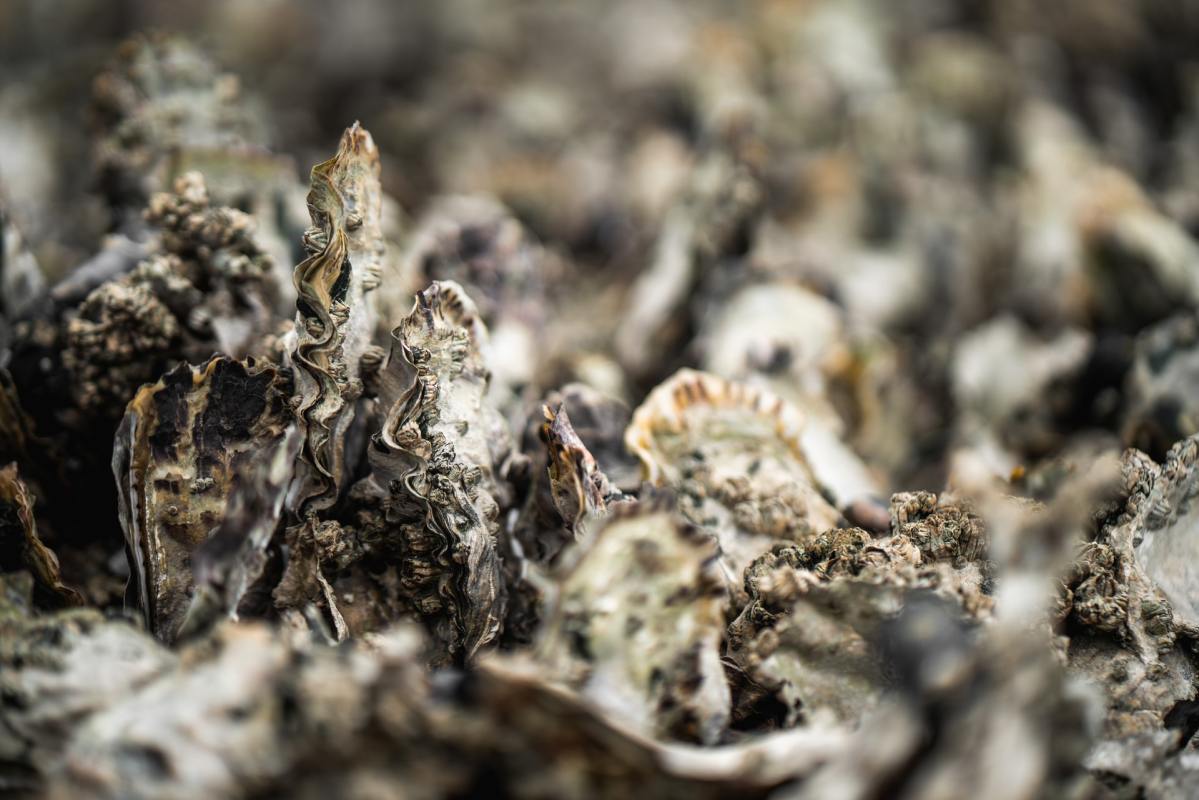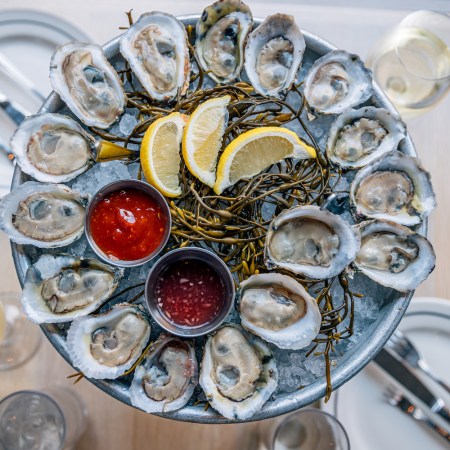Last year was a challenging one for a host of businesses across a swath of industries. Those involved in raising and farming oysters faced a particular challenge: in 2020, most of the restaurants they sold to were closed due to the pandemic. Given that most oysters take 18 to 24 months to grow to their ideal size, this compounded the challenge — if one generation of oysters wasn’t farmed, it would mean less space for the next one to grow.
Writing at The New York Times, Tracey Tully chronicled the current state of oyster farmers, who now face a much more optimistic future, starting with an exciting 2021. What happened to change things?
There isn’t one specific answer to that, it turns out, but some part of it can be chalked up to oysters’ versatility. In the case of some oyster farmers, that meant rapidly getting a mailorder business off the ground and selling directly to home cooks.
Nonprofits and governmental bodies also created a greater space for the restoration of oyster reefs, which can have a substantial effect of making waterways cleaner. (NYC’s Billion Oyster Project has a good overview of how oysters can transform an aquatic environment.) That created a way for farmers to still do their thing; it’s just that their oysters ended up with a very different destination. Not all farmers affected by the pandemic could work with something so versatile, but for the oyster farmers now facing a potential boom in business, that ability to adapt has served them well.
Every Thursday, our resident experts see to it that you’re up to date on the latest from the world of drinks. Trend reports, bottle reviews, cocktail recipes and more. Sign up for THE SPILL now.


















